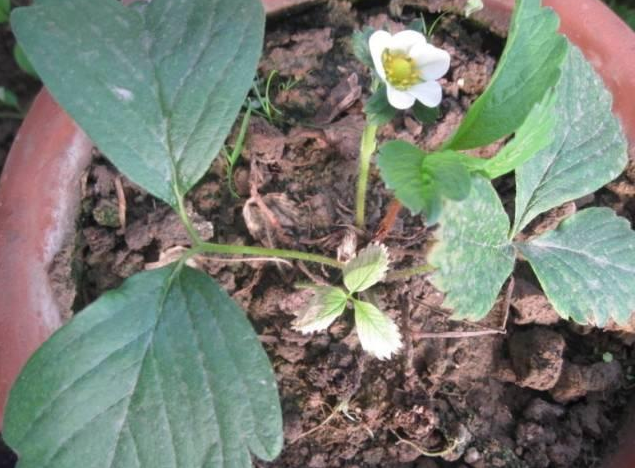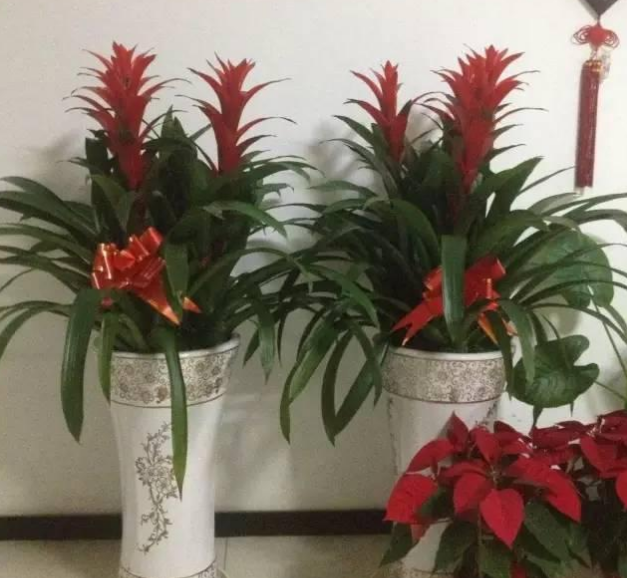How to judge the rotten roots of hydroponic plants?
To talk about this hydroponic plant, this is a lot of people are super like, breeding is also super convenient, let's take a look at the hydroponic plant rotten root how to do? How to judge whether hydroponic plants have rotten roots:

What about the rotten roots of hydroponic plants:
1. If hydroponic plants must cut off the rotten roots in time, and then put some carbendazim or methyl thiophanate (available in florists) for disinfection, you can put fungicides in water and soak the roots for a day, and then change to new tap water the next day.
2. Rinse the hydroponic flowerpot
3. After the rotten roots of the plants are cut off, they will only be cultured in clear water. After a period of time, the plants will grow new roots and then add nutrient solution.
How to judge whether hydroponic plants have rotten roots:
1. Pick up the plant and see if the root of the plant soaked in water has turned yellow, black and soft. If so, it means that the plant has begun to rot.
2. Smell it with your nose. If it smells bad, it means the plant is rotten at all.
How can hydroponic plants prevent rotting roots:
1. The water of hydroponic plants should be controlled within the range of 18-28 degrees Celsius. If the temperature is relatively high, we can use large containers of hydroponic plants, and we can put hydroponic plants in a cool place. In addition, we can add a certain concentration of hydrogen peroxide to the solution, or sterilize through ozone and ultraviolet radiation, which is an effective way to prevent bacteria from rotting roots.
2. It is necessary to ensure an adequate supply of oxygen in the nutrient solution and maintain a suitable temperature for plant growth.
3. Do not submerge all the roots into the water. It is generally best to leave half of the roots in the water while the other half is exposed to the air. This can greatly increase the oxygen supply of plant roots and effectively reduce the occurrence of root rot.
On the treatment of rotten roots of hydroponic plants is introduced here, hydroponic plants are best not to choose to breed in winter, easy to die, waste their own money.
What about the rotten roots of hydroponic plants? Methods to avoid rotting roots of hydroponic plants
Hydroponic flowers are cleaner than soil potted plants and do not need watering, so many flower lovers like hydroponic flowers. For example, hydroponic turtle back bamboo, green pineapple, Guangdong evergreen, rich bamboo, hanging orchid and bulb flower tulips, lilies, hyacinth and so on. But in the process of hydroponic culture, many flower lovers will encounter the problem of rotten roots, so how to avoid hydroponic rotting?
First, how can we avoid rotting roots?
First of all, we should change the water regularly according to the types of flowers and the adaptation to hydroponics.
Especially like water flowers, or aquatic flowers, very adapted to the growth environment of hydroponic culture, hydroponic culture can quickly take root, and grow well, this kind of flowers can change water for a longer interval.
And some flowers can not adapt to the hydroponic environment, hydroponic growth is slow, or even rotten roots, this kind of flowers need to change water frequently.
In the initial stage of hydroponic culture, we should often sterilize, change water, or even change water every 1-2 days. After taking root, we will restore growth and gradually reduce the number of times of changing water.
Second, how to make flowers quickly adapt to the hydroponic environment?
1. Wash the roots
Root washing method of hydroponic culture refers to the soil culture of the finished flowers, the root of the soil is cleaned, and then hydroponics, cleaning should try to use flowing water.
After cleaning the root of the flower, put it into a prepared vessel, fix it, and inject less than half or more than half of the root with clean water.
At the beginning, you should keep changing the water once a day, wash the roots and utensils at the same time, and reduce the number of water changes after a week.
If the hydroponic flowers grow new roots in the water, or grow obviously, it means that they have adapted to the hydroponic environment, and the water can be changed every 7-10 days.
2. Water plug
Water insertion is the simplest and easiest method of hydroponic culture.
On the selected flower mother plant, cut off a section of the branch, cut off the branch, the cross section should be kept flat, there should be no longitudinal cracks, and then insert the branch into the water and change the water every 2-3 days until the new root grows.
The above is Huinong net Xiaobian collation of how to better cultivate hydroponic plants, so that hydroponic plants do not rot roots. Finally, no matter which method of hydroponics, in the process of hydroponics, often change water, wash roots, sterilization and disinfection, for hydroponic flowers, it is particularly important to prevent rotting roots!
What about the rotten roots of hydroponic plants? How to judge whether hydroponic plants have rotten roots or not
What about the rotten roots of hydroponic plants? How to judge whether hydroponic plants have rotten roots or not
People who like to raise green plants all know that hydroponic plants are generally easier to raise than soil-grown plants, but if the rotten roots of plants are not lovely, what should we do at this time? Today, Huahua will tell you a series of problems about the rotting roots of hydroponic plants.
How to judge whether hydroponic plants have rotten roots or not
1. If you look at the root of the plant, if you find that the root has turned yellow, black and soft, and gently pull the root with your hand, the epidermis will be easily torn off, leaving only the Lignified part, indicating that the plant has rotted roots.
2. The nose smells the root of the plant. If there is a bad smell, the plant has rotted at all.
3. The nose smells the water of hydroponic plants. If the water smells bad, it means that the roots of plants may also rot and deteriorate.
Causes of rotten roots of hydroponic plants
The main results are as follows: 1. The content of dissolved oxygen in hydroponic water is low, which results in the death of plant roots due to hypoxia.
This situation is more obvious in summer, you can directly shake the container to increase the content of dissolved oxygen in the nutrient solution.
2. The water flooded all the roots and even the rhizomes.
This is also a place that people are easy to overlook in family soilless cultivation. Generally, the best cultivation is to leave half of the roots in the water and the other half in the air. This can greatly increase the oxygen supply of plant roots and effectively reduce the occurrence of root rot.
3. Check the quality of water. There are residual plant debris in the water, which causes the water quality to deteriorate. If the water quality is found to be relatively turbid or has a strange smell, the water should be changed in time to ensure the normal growth of plants.
4. Temperature.
The high temperature here on the one hand refers to the temperature of the water, because the high temperature will cause the aging of the plant roots. Therefore, the highest temperature of water should not be maintained above 30 degrees for a long time, which is a big factor in summer. The general solution is to avoid direct sunlight and add a sunshade net if necessary.
Treatment of rotten roots of hydroponic plants
1. After the rotten roots are found, all the rotten roots should be removed or removed, and the infected part of the stem should also be removed.
2. The treated flowers are soaked in 0.5% potassium permanganate solution and sterilized for 10-20 minutes, and 0.5% potassium permanganate solution is sprayed into the original cultivation container for disinfection.
3. Take out the soaked flowers, rinse with clean water, and clean the original cultivation container at the same time.
4. after the rotten roots of the plants, they can only be raised with clean water, and the nutrient solution will be added after the plants adapt to the environment and grow new roots.
- Prev

Planting methods of potted strawberries planted on balcony
Strawberries, which are loved by many people, are now living in tall buildings. What if you want medium strawberries? There is only potted planting, let's take a look at the balcony potted strawberry planting method is what? Balcony potted strawberries in which month: balcony potted strawberries planting method: 1. Planting time
- Next

How much is the breeding method and matters needing attention at the head of good luck?
When it comes to this lucky moment, many people like farming. The flowers are super gorgeous and beautiful, and the names are more auspicious. Let's take a look at the breeding methods and matters needing attention.
Related
- Fuxing push coffee new agricultural production and marketing class: lack of small-scale processing plants
- Jujube rice field leisure farm deep ploughing Yilan for five years to create a space for organic food and play
- Nongyu Farm-A trial of organic papaya for brave women with advanced technology
- Four points for attention in the prevention and control of diseases and insect pests of edible fungi
- How to add nutrient solution to Edible Fungi
- Is there any good way to control edible fungus mites?
- Open Inoculation Technology of Edible Fungi
- Is there any clever way to use fertilizer for edible fungus in winter?
- What agents are used to kill the pathogens of edible fungi in the mushroom shed?
- Rapid drying of Edible Fungi

